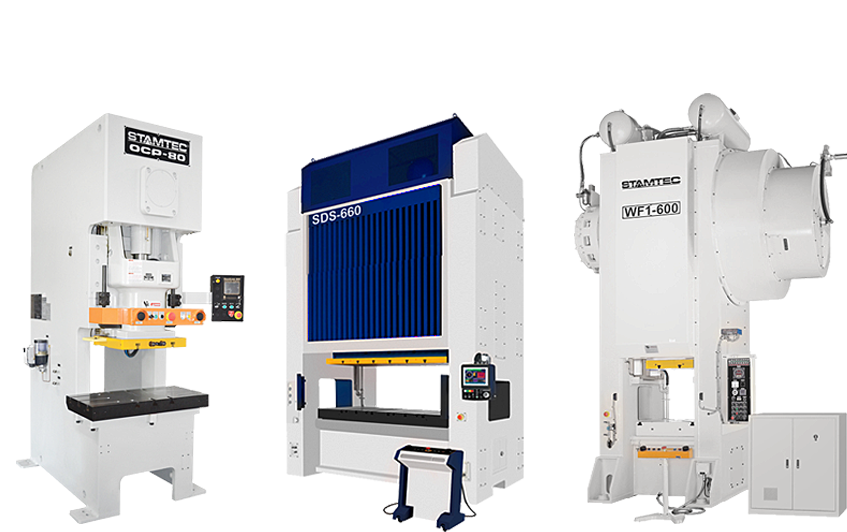
Choosing the right equipment can make the difference between a production line that hums with efficiency and one that struggles to keep pace. Deciding between a servo press and a mechanical press is no small task – each has its strengths, but which one is the right fit for your operation? Whether you're looking for cutting-edge precision or time-te...
When comparing a servo press vs. a hydraulic press, it's crucial to consider these machines' pivotal role in shaping, forming, and assembling various products.
They're essential for a broad array of industries, including aerospace, electronics, automotive, and consumer goods. By applying force to materials like metal, presses enable manufacturers to create components with precision and efficiency.
Hydraulic presses and servo presses are two of the most prominent types. Each has unique mechanisms, advantages, and applications, making it suitable for different manufacturing needs.
The hydraulic press, known for its immense power and versatility, has been a staple in heavy-duty manufacturing processes for decades.
On the other hand, the servo press, with its advanced control systems and precision, is increasingly used for tasks that require high accuracy and repeatability.
Servo Presses offer the best of both worlds – the slide velocity variability of hydraulic presses at the same or faster production speeds than mechanical presses.
The servo motors and controls that run servo presses account for the combined benefit of flexibility and speed.
But let’s step back and take a look at traditional mechanical presses to understand why servo presses are different. In mechanical presses, the flywheel mass and speed determine the amount of working energy available to form a part. This works well until a slower slide velocity is required to form the part effectively (since metal generally flows and forms better at slower speeds). To achieve the slower slide velocity, the flywheel needs to rotate more slowly, which diminishes the amount of working energy, preventing the press from properly forming the part.
We’re excited to host a special Servo Press Tooling Seminar specifically for metal stampers and tool and die shops September 18 at our Servo Press Technology Center and Die Try-Out Facility in Manchester, TN.